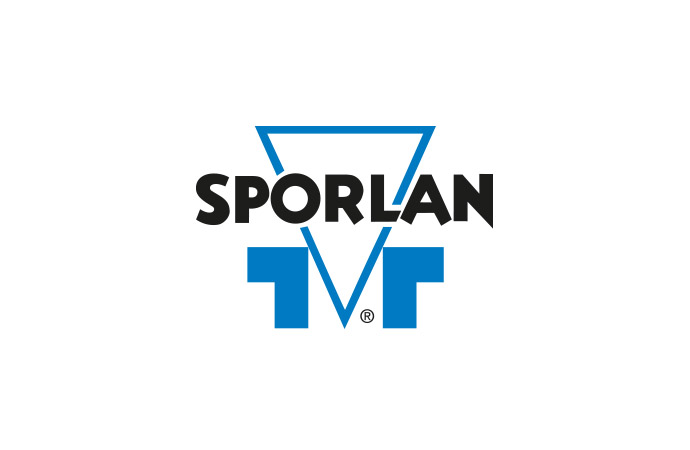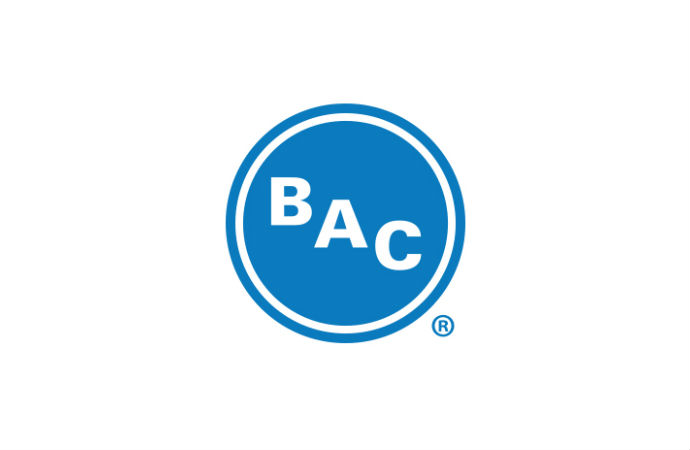About 3,000 R290 room air conditioners (ACs) have been sold to date by Indian manufacturer Godrej that began commercial production in April 2012, according to Senior General Manager - Manufacturing Dilip Rajadhyaksha. Out of these, about 2,000 units have already been installed by trained technicians. This is no surprise given the high efficiency of the product: “We are already in 2016 with this product”, said the presenter, referring to the fact that the AC unit meets already today I

Mr Rajadhyaksha presented Godrej’s experience with converting directly from ozone depleting substances to hydrocarbons in air-conditioners. This was also the case back in 2000, when the producer converted its household refrigerator production to hydrocarbons, the first manufacturer in India to actually introduce hydrocarbons using a compressor developed by Highly and R290 refrigerant by Linde/BOC.
Energy Efficiency Ratio of 3.7 compared to 3.4 achieved by comparable R22 products at minimal extra cost
Featuring an Energy Efficiency Ratio (EER) of 3.7, both the 3,375W and the 4,900W cooling capacity models achieve a 5 star rating performance in India. “We are already in 2016 with this product”, noted the speaker.
The EER 3.7 of the R290 units compare to values of 3.4 that are achieved by comparable R22 products on the market. It is also higher than efficiency achieved by best in class inverter technology AC model provided on the Indian market by Sharp, which reaches 3.63.
The market price is 33,000 Indian Rupee (about €480) including free installation from certified technicians that typically costs 1,500 (€22) compared to market price of 31,000 (about €450) Indian Rupee for a comparable R22 unit.
R&D methodology: drop-in tests and component trials
During R&D stage, and after making lab modifications that would allow the testing of R290 (e.g. introducing hydrocarbon gas sensors, ventilation system, alarm system), Godrej’s test methodology aimed at studying the performance of R290 vis-à-vis HCFC-22. To this end, their strategy consisted of carrying out drop-in testing using a standard HCFC-22 compressor with 5~10% higher rated capacity and then depending on results, work on other elements of the refrigeration system.
With the drop-in test results revealing lower power consumption with R290, the manufacturer then determined the charge limit for a typical split AC 5kW as per safety standard EN 378, an exerice giving a charge of 361g.
Godrej carried out trials varying some of the unit’s elements:
- Smaller diameter condenser tubes: Trials with 5mm diameter internally grooved Cu tubes instead of 7mm gave lower cooling capacity by 0.5%, higher COP by 21%, lower power consumption by 18% and average charge quantity of 355g (50% of R22 by weight). However, with only one manufacturer of 5mm diameter condensers, availability was an issue.
- Micro-channel heat exchangers (brazed aluminium) - the game changer: The use of 50 channel condensers in conjunction with higher efficiency compressors gave lower cooling capacity by 3%, a higher COP by16.5%, lower power consumption by 20% and average charge quantity of 360g (51% of R22 by weight).
At that stage the manufacturer decided to use micro-channel condensers with smaller channel sizes, explore the availability of condensers with 5mm (or lower) diameter Cu tubes and commercialise the refrigerant leak detection system developed in-house.
Setting up the manufacturing facility step by step
A tripartite agreement to set up a manufacturing facility for annual output of 180,000 split and window type ACs was made between the Godrez, India’s Ozone Cell and GIZ in December 2010.
Thereafter the following steps took place:
- Equipment Specifications, Tendering - June 2011
- Equipment Delivery - Dec 2011
- Installation & Commissioning – January to March 2012
- TÜV Audit of Manufacturing Line - March 2012
- Bureau of Energy Efficiency (BEE) Certification - March 2012
- Pilot Production - April 2012
To ensure safety several measures were introduced on the manufacturing line and in the product:
- Gas Sensors and Alarm Systems
- Ex-proof electrical hardware in areas handling refrigerant
- Ventilation System in areas handling refrigerant
- Within the product the wire strands are connected in a thimble which is covered with an insulating sleeve
- A refrigerant leak detection system that Issues a visible and audible alarm under certain conditions
Installations done by trained technicians only
A five-day comprehensive training programme for master technicians and a servicing network has been devised, while Godrej makes sure that field installations are done by trained technicians only.
MORE INFORMATION
Related stories








_1490973133.png)

